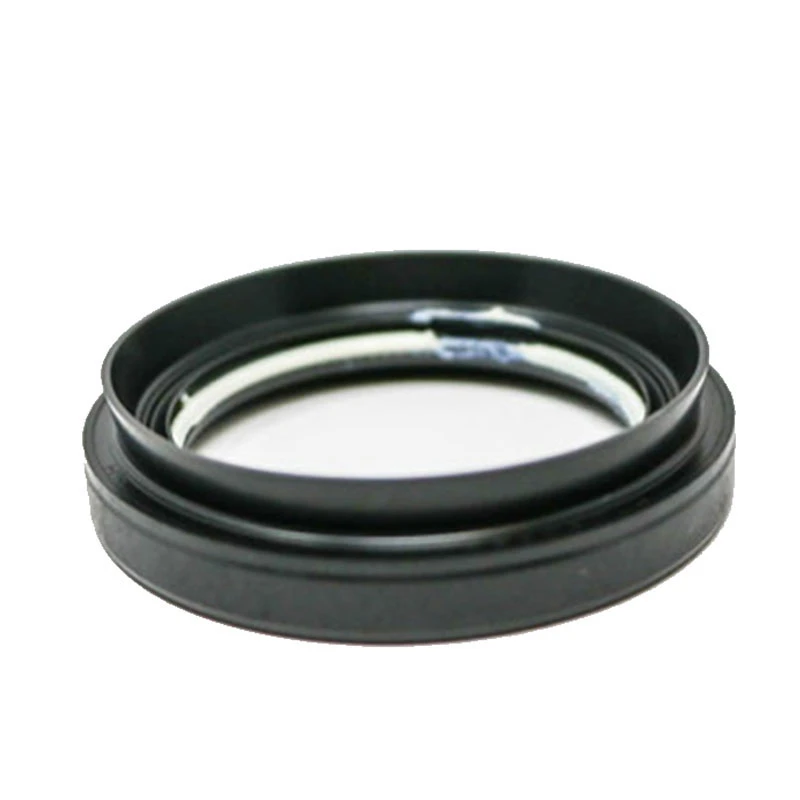rear crankshaft main bearing seal
Understanding the Rear Crankshaft Main Bearing Seal
The rear crankshaft main bearing seal is a crucial component in internal combustion engines, playing an important role in ensuring the engine operates smoothly and efficiently. Understanding its function, the signs of wear, and the replacement process is essential for any vehicle owner or automotive enthusiast.
What is the Rear Crankshaft Main Bearing Seal?
The rear crankshaft main bearing seal is located at the back of the engine block, where the crankshaft exits and connects to the transmission. Its primary purpose is to prevent engine oil from leaking out of the crankcase, thereby maintaining the proper oil level required for engine lubrication. This seal is typically made from durable materials such as rubber or silicone, designed to withstand high temperatures and pressures produced within the engine.
Importance of the Rear Crankshaft Seal
The rear crankshaft seal performs several vital functions
1. Oil Retention The seal keeps engine oil contained within the crankcase, ensuring that the crankshaft and surrounding components remain lubricated. Proper lubrication is essential to prevent friction and excessive wear, which can lead to engine failure.
2. Preventing Contaminants By sealing the rear end of the crankshaft, the seal also prevents dirt, dust, and other contaminants from entering the engine. These foreign particles can cause significant damage to engine components over time.
3. Avoiding Oil Leaks Oil leaks not only reduce oil levels but can also create a hazardous environment. An oil leak may lead to engine parts running dry, increasing the risk of overheating and severe engine damage.
Signs of a Failing Rear Crankshaft Seal
Recognizing the symptoms of a failing rear crankshaft main bearing seal can help car owners address issues before they escalate. Common signs include
1. Oil Leaks One of the most obvious indicators is the presence of oil leaking from the rear of the engine. This may appear as drips or puddles on the ground beneath the vehicle.
rear crankshaft main bearing seal

2. Oil Consumption If you find yourself frequently topping off engine oil, this could indicate that the rear crankshaft seal is failing, leading to significant oil loss.
3. Engine Performance Issues Low oil levels can result in decreased engine performance. If the engine is running rough or showing decreased power, it’s essential to investigate the cause.
4. Visible Damage or Wear Upon inspection, if you notice cracks or wear on the seal itself, it’s a clear sign that it needs replacing.
Replacement Process
Replacing the rear crankshaft main bearing seal is a task that requires mechanical knowledge and experience. If you suspect your seal is failing, follow these general steps
1. Prepare the Vehicle Disconnect the battery and ensure the vehicle is securely lifted, providing access to the rear of the engine.
2. Remove Necessary Components To access the seal, you may need to remove the transmission, torque converter, or other components that obstruct access to the crankshaft.
3. Extract the Old Seal Carefully remove the old seal. It’s important not to scratch or damage the crankshaft or mating surfaces during this process.
4. Install the New Seal Apply a light coat of oil to the new seal for lubrication, then press it into place, ensuring it sits evenly.
5. Reassemble and Test Reassemble any components that were removed and reconnect the battery. Start the engine and check for any leaks to ensure the new seal is functioning correctly.
Conclusion
The rear crankshaft main bearing seal is a small but critical component in ensuring the stability and longevity of an engine. Regular maintenance, timely inspections, and addressing early signs of wear can prevent serious issues, allowing you to enjoy reliable and efficient vehicle performance. For those who may hesitate to tackle a seal replacement themselves, consulting with a professional mechanic is always a wise choice to safeguard your engine’s health.
-
Understanding the Front Main Engine Seal: Purpose, Maintenance, and Installation
News Jul.29,2025
-
Understanding O-Rings and Seal Rings: Types, Applications, and Custom Solutions
News Jul.29,2025
-
Understanding Crankshaft Oil Seals: Rear Seals, Pulley Seals, and Their Role in Engine Integrity
News Jul.29,2025
-
The Importance of Front and Rear Crankshaft Seals in Engine Performance and Oil Management
News Jul.29,2025
-
Crank Oil Seals: Functions, Types, and Cost Considerations in Engine Maintenance
News Jul.29,2025
-
A Comprehensive Guide to O-Rings and Seals: Types, Materials, and Global Applications
News Jul.29,2025
-
Mastering Diesel and Performance Engine Maintenance: A Guide to Critical Oil Gaskets
News Jul.28,2025
Products categories















